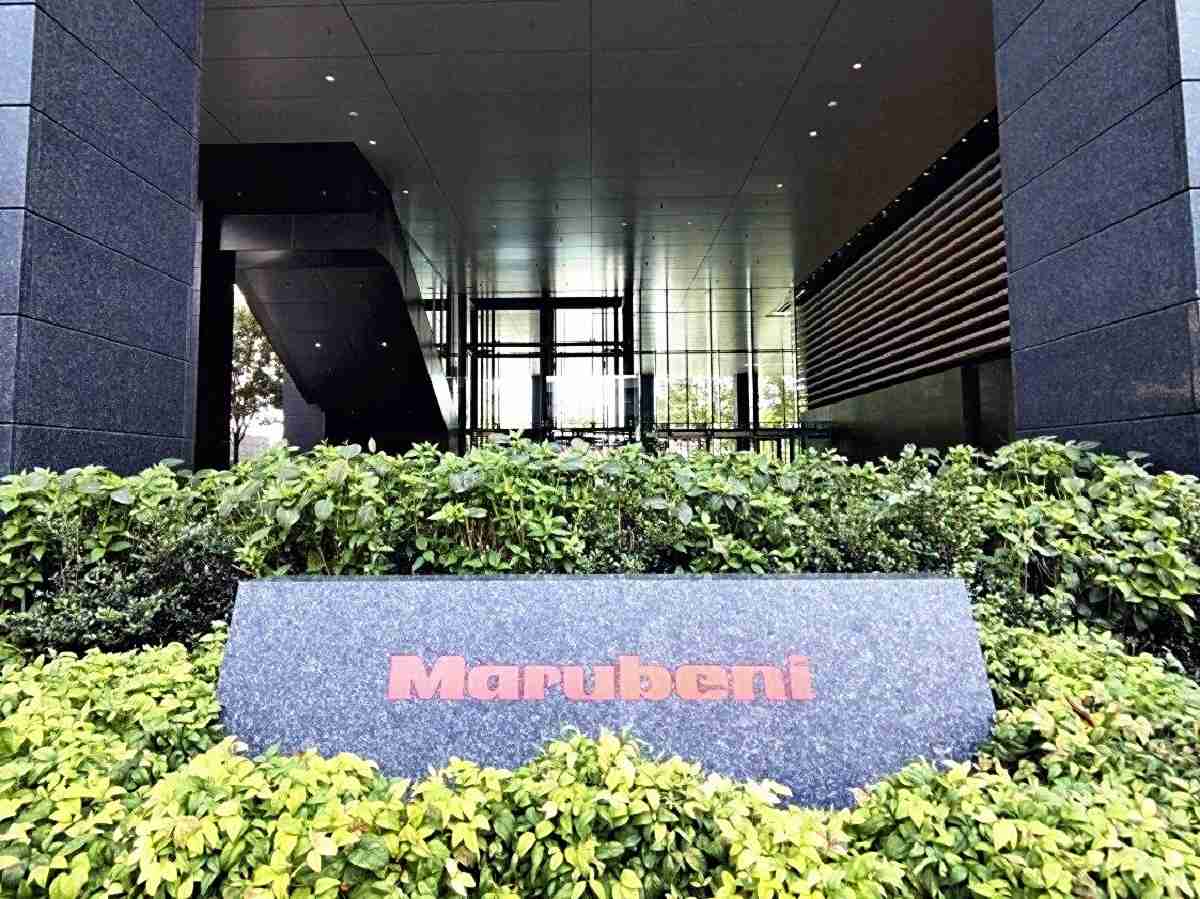Marubeni Looks to Cut Emissions for Sewage Treatment; Sludge to Be Burned Using Danish Startup’s Tech

Marubeni Corp.
20:00 JST, August 24, 2024
Marubeni Corp. is set to launch a business that cuts emissions for sewage treatment. Currently, most sewage sludge is incinerated, which generates carbon dioxide. Marubeni will use a Danish startup’s technology to cut CO2 emissions, and aims to have a treatment facility ready for use in Japan in two or three years.
Sewage sludge is either incinerated, put in a landfill or composted. For landfills, land must be acquired for landfills, while composted sewage may contain heavy metals or toxic substances that will contaminate the soil.
The Danish company AquaGreen Holding ApS owns a technology for drying sewage sludge at high temperatures and thermally decomposing it by burning gases such as methane and hydrogen, which are generated in the treatment process. Since fossil fuels are used only to ignite the gases, there are significantly fewer CO2 emissions.
Marubeni will invest in AquaGreen to make the company an equity-method affiliate. It is also considering using the technology to expand in Asia and Australia.
Japan’s sewage sector emits about 6 million tons of CO2 annually from sludge disposal and related processes. The government aims to reduce CO2 emissions by 2 million tons from 2013 levels by fiscal 2030 and is working to increase the efficiency of sewage treatment.
Some major trading companies are involved in the sewage business. Mitsui & Co. runs a sewage treatment business in Mexico and Sumitomo Corp. has one in Brazil. Some emerging countries do not have well-developed sewage systems and urgently need the infrastructure. Mitsubishi Corp. has invested in a company that runs water and sewage facilities and is involved in sewage treatment in Japan.
"Business" POPULAR ARTICLE
-

Japan Govt Adopts Measures to Curb Mega Solar Power Plant Projects Amid Environmental Concerns
-

Core Inflation in Tokyo Slows in December but Stays above BOJ Target
-

Major Japan Firms’ Average Winter Bonus Tops ¥1 Mil.
-

Bank of Japan Considered U.S. Tariffs, Coming Shunto Wage Hike Talks in Its Decision to Raise Interest Rates
-

Institute: 2026 Condo Supply in Tokyo Metropolitan Area Forecast to Increase by 2.2%
JN ACCESS RANKING
-

Japan Govt Adopts Measures to Curb Mega Solar Power Plant Projects Amid Environmental Concerns
-

Core Inflation in Tokyo Slows in December but Stays above BOJ Target
-

Major Japan Firms’ Average Winter Bonus Tops ¥1 Mil.
-

Bank of Japan Considered U.S. Tariffs, Coming Shunto Wage Hike Talks in Its Decision to Raise Interest Rates
-

Tokyo Zoo Wolf Believed to Have Used Vegetation Growing on Wall to Climb, Escape; Animal Living Happily after Recapture



























